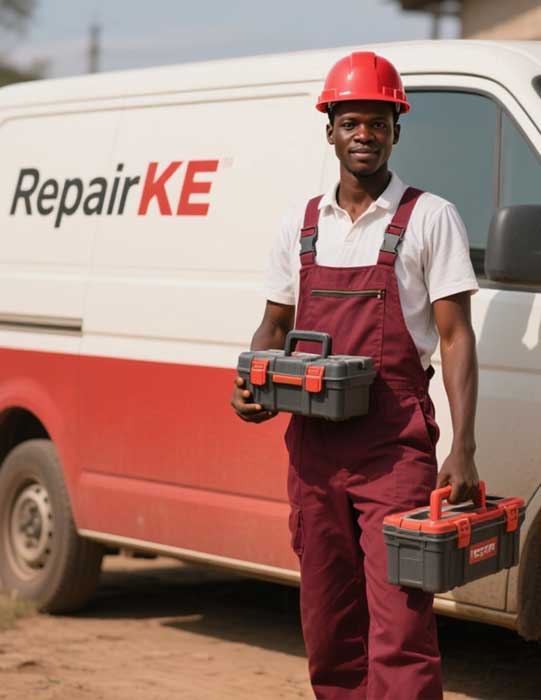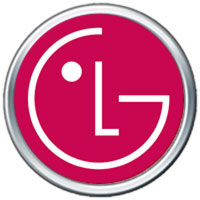
Washer Motor Coupling: Purpose, Symptoms of Breakage, and Price
The washer motor coupling is a small but critical component in many top-loading washing machines, serving as the vital link between the motor and the transmission. Understanding its purpose, recognizing symptoms of breakage, and knowing the associated costs can save you time, money, and frustration when maintaining or repairing your washing machine.
Purpose of the Washer Motor Coupling
The motor coupling in a washing machine is a flexible, often plastic or rubber, component that connects the motor to the transmission. Its primary role is to transfer power from the motor to the transmission, enabling the drum to spin and agitate during wash and spin cycles. This coupling is designed to act as a fail-safe, absorbing shocks and vibrations caused by heavy or unbalanced loads. By doing so, it protects the motor and transmission from damage due to excessive strain.
In essence, the motor coupling ensures smooth operation by allowing the motor to drive the transmission without direct, rigid contact. This flexibility is crucial in preventing wear and tear on these expensive components, making the coupling a sacrificial part that breaks under extreme stress to save the more costly motor or transmission.
Symptoms of a Broken Motor Coupling
A faulty or broken motor coupling can cause noticeable issues with your washing machine’s performance. Here are the most common symptoms to watch for:
- Washer Fails to Spin or Agitate: If the drum doesn’t spin or agitate but the motor is running, the coupling may be broken, preventing power transfer to the transmission.
- Loud Noises: A grinding, rattling, or banging noise during operation often indicates a damaged coupling, as it struggles to connect the motor and transmission effectively.
- Burning Smell: Excessive friction from a failing coupling can produce a burnt rubber or plastic smell, especially during heavy loads.
- Leaking Water: In some cases, a broken coupling can cause misalignment, leading to leaks under the machine.
- Motor Runs but No Movement: If you hear the motor humming but the drum remains stationary, the coupling is likely the culprit.
If you notice any of these signs, it’s wise to inspect the coupling promptly to avoid further damage to the washer’s motor or transmission.
Price of a Washer Motor Coupling
The cost of a washer motor coupling varies depending on the brand, model, and where you purchase it. On average, a replacement motor coupling costs between $10 and $30 for the part alone. For example, a coupling for a Whirlpool or Kenmore washer typically falls in the lower end of this range, while specialized couplings for brands like LG or Samsung may be slightly more expensive.
If you hire a professional to replace the coupling, labor costs can range from $50 to $150, depending on your location and the complexity of the repair. Total repair costs, including parts and labor, generally range from $60 to $180. For those comfortable with DIY repairs, replacing a motor coupling is relatively straightforward, requiring basic tools like a screwdriver, pliers, and a socket wrench. Online tutorials and repair guides can assist in the process, potentially saving you the labor cost.
The washer motor coupling plays an essential role in ensuring your washing machine operates smoothly, protecting more expensive components by absorbing stress. Recognizing symptoms of a broken coupling—such as failure to spin, loud noises, or a burning smell—allows you to address the issue before it escalates. With replacement parts costing $10 to $30 and professional repairs ranging from $60 to $180, addressing a faulty coupling is a cost-effective way to extend your washer’s lifespan. For expert assistance or to schedule a repair, contact our team at 0770029959. Don’t let a small part disrupt your laundry routine—act quickly to keep your washer running efficiently.




